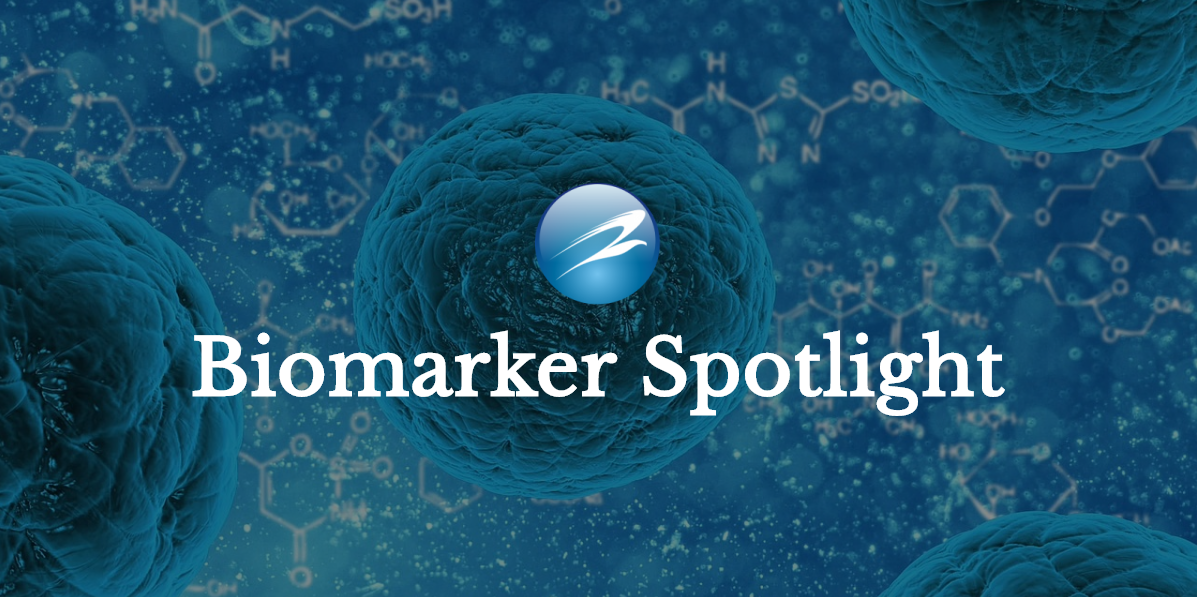
Big Endothelin-1 (Big ET-1) is a protein that is mainly produced by vascular endothelial and smooth muscle cells and cardiomyocytes. Big ET-1 is a precursor to Endothelin (ET), the most potent vasoconstrictor known today. The half life of ET is less than one minute, whereas Big ET-1 is cleared more slowly. Big ET-1 can therefore be determined more easily, and has since been identified as a risk factor for a poor prognosis in patients with atrial fibrillation or coronary artery disease. A current study has shown that plasma concentrations of Big ET-1 is a valuable tool for risk stratification in patients with left ventricular non-compaction cardiomyopathy (LVNC). Other studies have also recognized the effectiveness of Big ET-1 as a predictor for numerous cardiovascular diseases.
Prognostic value of plasma big endothelin-1 in left ventricular non-compaction cardiomyopathy. Fan P, et al. Heart 2020;0:1–6. doi:10.1136/heartjnl-2020-317059
Plasma big endothelin-1 is an effective predictor for ventricular arrythmias and end-stage events in primary prevention implantable cardioverter- defibrillator indication patients. Li XY et al., 2020. J Geriatr Cardiol 28;17(7):427-433.
Plasma big endothelin-1 predicts new-onset atrial fibrillation after surgical septal myectomy in patients with hypertrophic cardiomyopathy. Song C et al., 2019. BMC Cardiovasc Disord 22;19(1):122.
Plasma level of big endothelin-1 predicts the prognosis in patients with hypertrophic cardiomyopathy. Wang Y et al., 2017. Int J Cardiol 15;243:283-289.
Related Products:
Big Endothelin-1 ELISA Assay Kit.
NT-proANP ELISA Assay Kit
NT-proCNP ELISA Assay Kit
NT-proBNP ELISA
BNP Fragment ELISA Assay Kit
If you have any questions regarding our Big Endothelin-1 ELISA Assay Kit or any other kits in the Cardiovascular Assay line, contact us here.





